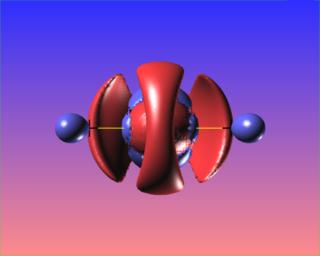|
|
Ecology Test IX
|
|||||||||||||||||||||||||||||||||||||||||||
| Bio-geochemical
Cycles Quiz I Ecosystem Ecology Test Energy Calculation Human Ecology Population Dynamics |
Part A: Easy Stuff. Answer
Part “A” on this page please. Each
is marked out of 5, but all these questions are only 32% of the total paper. 1. The five processes are into which sunlight goes when it hits the earth are ... 2.
Three traits of an r-selecting species are … 3.
Three traits for a k-selecting species are … 4.
Three density-independent population regulators are … 5.
Three factors which regulate human population are … 6.
Three sources, processes, and sinks found in the sulfur cycle are ...
7.
Three sources, processes, and
sinks found in the nitrogen cycle are ...
8.
Are density-dependent regulatory factors biotic
in character, abiotic, neither or both?
Explain. Part
B: Straight Calculations. Please answer these on lined paper. Each
is marked out of 5, but all these questions are only 32% of the paper. 1.
In order to estimate the population of turbot off the east coast of
Newfoundland, 20,000 turbot were captured and tagged with metal strips in
their fins. The very next day
fish were captured in two batches. The
first batch had 1000 fish in total, 100 of which had tags.
The second batch had 750 fish, 150 of which had tags.
a)
According to these figures, how many turbot are there?
(Show your calculations!) b)
Is this a "good" estimate of the fish population? Explain. 2.
A student has been sampling the test-tubes containing an algal
culture s/he is growing. Over the last 8 weeks, the results were: Table 1 : Student Data for Algal Culture
When should the population density reach 60 cells
per medium view? Show your
calculations and work. Part
C: Calculations and Synthesis. Please answer these on lined paper. Each
is marked out of 5, but all these questions are only 40% of the paper. 1.
The following food web or food chain was found to exist in a stretch
of the Thames river running from the Adelaide St. Bridge to Highway 4: colpodia (single-celled animals), trout fish, hydra
(multi-cellular animals almost visible to the naked eye, algae (a single celled plant), darters
(a kind of minnow), caddis-fly larvae
(which are about 2 to 5 mm big). a)
Sketch a likely food pyramid. Label
it with the names of the organisms. If
there are places where you have to make assumptions, tell me what the
assumptions are. b)
The total amount of energy made by the plants was found to be 1,000
kJ per week per 200 m2 of surface area. Make a pyramid of energy
showing the amounts of energy which exist at each stage. State any
assumptions or approximations. c)
Show on the pyramid where we would likely find organisms that are
primarily regulated by over-crowding. d)
Show on the pyramid where we would likely find organisms that are
primarily regulated by temperature fluctuations. e)
How do the Laws of Thermodynamics apply to these ideas addressed in
this question? f)
Is this a closed system, open system, sort of
both or neither. Argue
your case, and be specific. 2.
Dr.
Poulet Petite is a scientist who claims that CO2 emissions are at
“alarmingly high levels and increasing more and more” and that if
everything continues that way, “we’re all in big trouble.”
Dr. Tina Little-Deel agrees accepts that CO2 emissions are
in fact increasing, but claims that since the increase is only 0.05% per
year, that there is no real need to be concerned.
Should we be concerned or not? Why?
|
